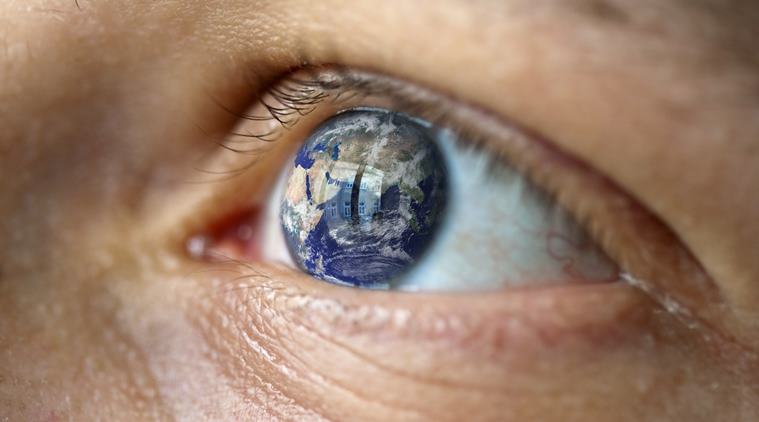Eating habits are also a factor, since, in type 2 diabetes, the number of retinopathy cases increase.

According to the World Health Organization’s first report on vision, more than one billion people worldwide are living with vision impairment because they do not get the required care for conditions like short and far sightedness, glaucoma and cataract. Launched ahead of World Sight Day on October 10, the report found that ageing populations, changing lifestyles and limited access to eye care, particularly in low and middle-income countries, are among the main drivers of the rising numbers of people living with vision impairment.
ALSO READ | Notice flashes or black spots in your vision? Here’s what you need to know
Globally, at least 2.2 billion people have a vision impairment or blindness, of whom at least 1 billion have a vision impairment that could have been prevented or is yet to be addressed.
“Eye conditions and vision impairment are widespread, and far too often they still go untreated,” said Dr Tedros Adhanom Ghebreyesus, WHO Director-General while presenting the report. “People who need eye care must be able to receive quality interventions without suffering financial hardship. Including eye care in national health plans and essential packages of care is an important part of every country’s journey towards universal health coverage,” he added.

Other findings of the report indicated that the burden of eye conditions and vision impairment is not borne equally: it is often far greater in people living in rural areas, those with low incomes, women, older people, people with disabilities, ethnic minorities and indigenous populations.
“The unmet need of distance vision impairment in low and middle-income regions is estimated to be four times higher than in high-income regions,” the report says.
Low and middle-income regions of western and eastern sub-Saharan Africa and South Asia have rates of blindness that are eight times higher than in all high-income countries. Rates of cataract and trachomatous trichiasis are higher among women, particularly in low and middle-income countries. US $14.3 billion is needed to address the backlog of one billion people living with vision impairment or blindness due to short and far sightedness, and cataracts.
ALSO READ | Ten ways: How to keep your eyes healthy
Eating habits are also a factor, since, in type 2 diabetes, the number of retinopathy cases increase. With age, the possibilities of eyesight worsening increase, but WHO warned that these should not be seen as irreparable old age problems.
“It is not necessary to accept the loss of vision as a natural consequence or part of the aging process, because with the appropriate treatment, there is no reason to develop a visual impairment,” said Spanish doctor Alarcos Cieza, WHO coordinator of blindness and deafness prevention, who presented the report.
Source: Read Full Article
